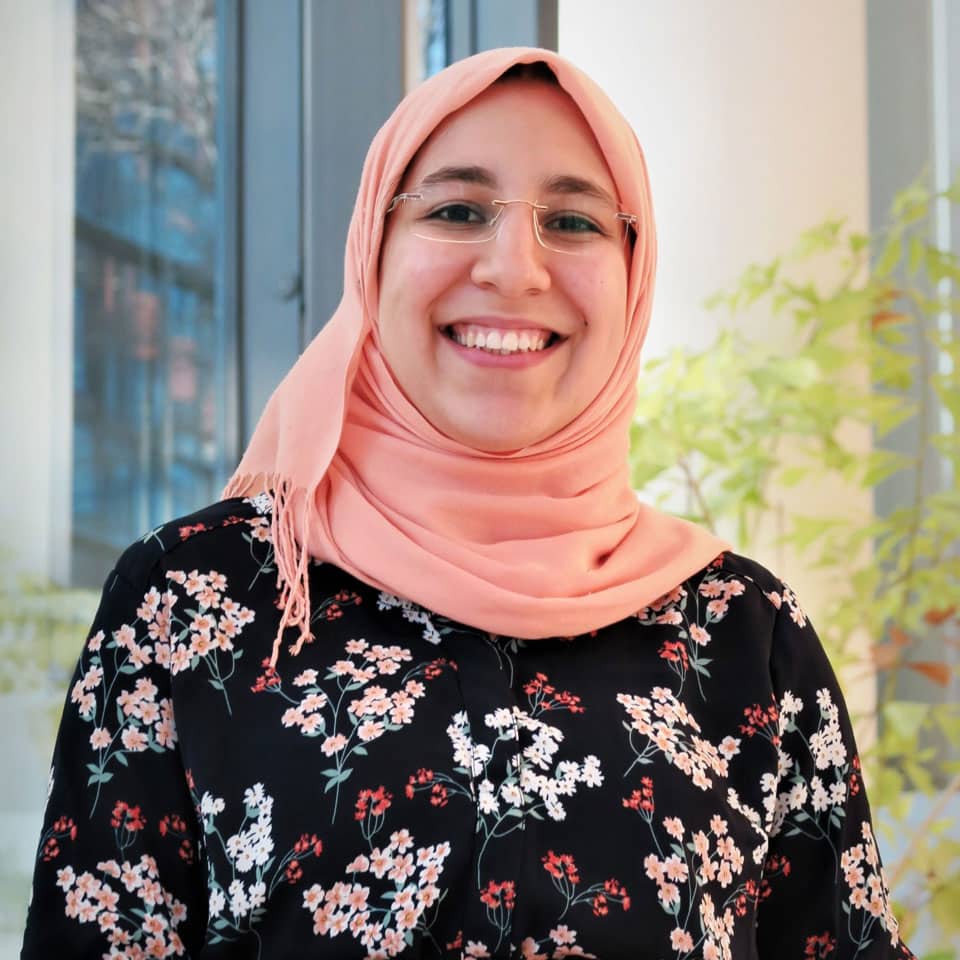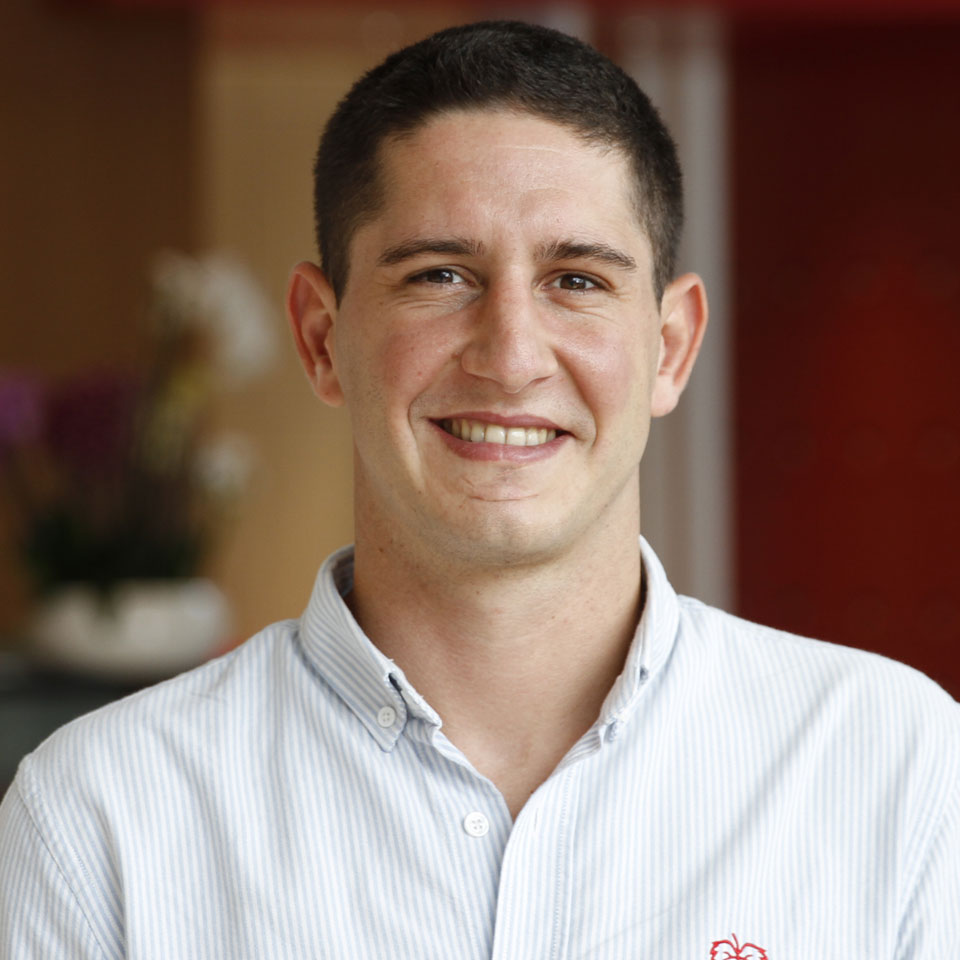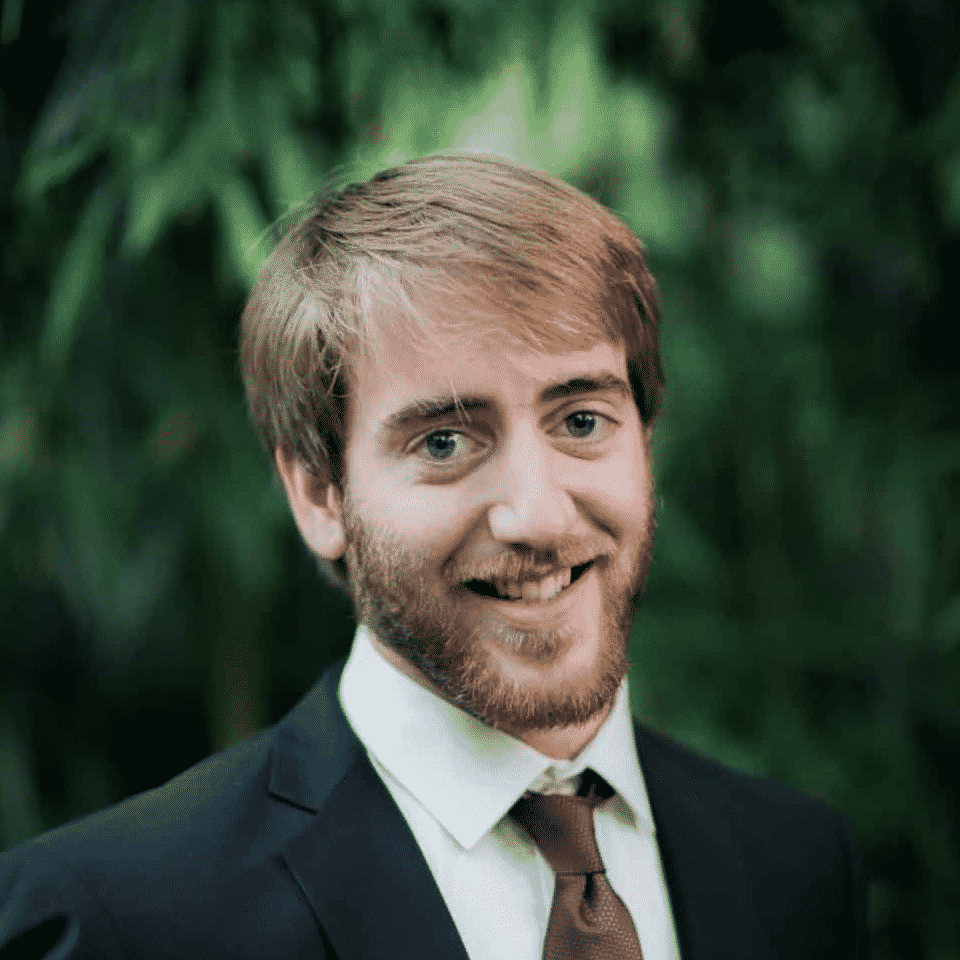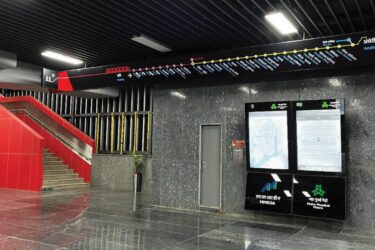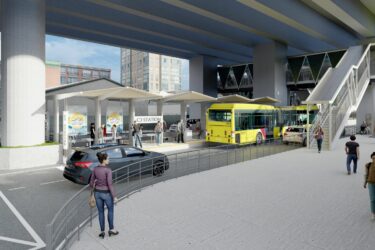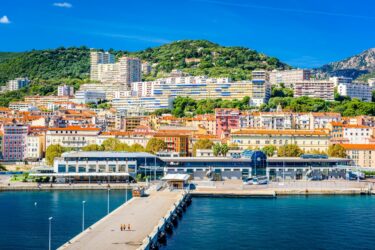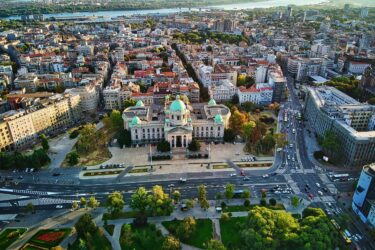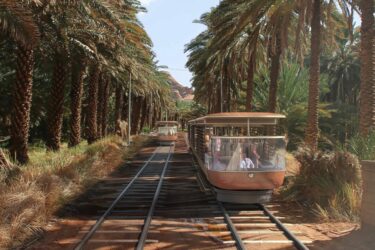With Téléo, users in the greater Toulouse area have access to a fast, sustainable, and reliable transport service. On 13 May 2022, SYSTRA and the consortium led by the contractor Poma inaugurated Téléo, the urban cable car in Toulouse, which is being commissioned by Tisséo, the authority responsible for organising transport in the greater Toulouse area, following years of studies, design, and execution. An engineering success to which SYSTRA brought all its expertise to every project phase.
Téléo links Oncopole to Paul Sabatier university (30,000 students) via the teaching hospital of Rangueil (with 210,000 medical consultations per year) in just 10 minutes instead of 30 minutes by road. These three major sites are thus connected to the existing transport network (metro and bus) as well as to the main structures located nearby.
HIGH-PERFORMANCE TECHNOLOGY FOR A SUSTAINABLE MODE OF TRANSPORT
The special feature of Téléo is that it is a detachable 3S cable car, i.e. with two carrying cables and one hauling cable (3S for ‘3 Seile’ in German, meaning 3 cables). This is a rather rare technology, used only on a dozen lines worldwide combining the technique of detachable ski lifts with that of single-cable cable cars.
With only 5 pylons installed on its 3km route, Téléo is a technical feat. The Téléo pylons, designed by SYSTRA France, are unique in France: built from metal caissons, they are up to 70.5m high and are fitted with tuned dynamic dampers, a system which reduces the movement of the pylons under the effect of the wind.
The design, in the shape of a four-pointed sceptre, was developed in a wind tunnel and differs from the classic latticework of its kind. Ensuring maximum comfort for passengers, Téléo will be able to operate in winds of up to 109km/h, compared with 70km/h for a single-cable equivalent.
A PROJECT ADAPTED TO ITS ENVIRONMENT
SYSTRA France’s teams also took into consideration the many environmental issues involved in this project, in particular the fact that it will be passing over the flood plain of the Garonne, a Natura 2000 area, a Regional Nature Reserve, a Biotope protection site, and the perimeter of a protected historical monument. Téléo therefore has a low environmental impact, with an extremely small footprint.
SAFETY AT THE HEART OF THE PROJECT
SYSTRA France took part in all the technical tests, contributing its expertise in particular on metal structures, stations, pylons, underground structures, and administrative and regulatory safety procedures. The test campaign that began in July 2021 in Toulouse, between the Paul Sabatier University and the Bellevue high school, made it possible to secure the system before the installation of the cabins.
 Australia
Australia  Brazil
Brazil  Canada
Canada  China
China  Denmark
Denmark  France
France  India
India  Indonesia
Indonesia  Ireland
Ireland  Italy
Italy  Malaysia
Malaysia  New Zealand
New Zealand  Norway
Norway  Poland
Poland  Saudi Arabia
Saudi Arabia  Singapore
Singapore  South Korea
South Korea  Sweden
Sweden  Taiwan
Taiwan  Thailand
Thailand  United Kingdom
United Kingdom  United States
United States  Vietnam
Vietnam 


